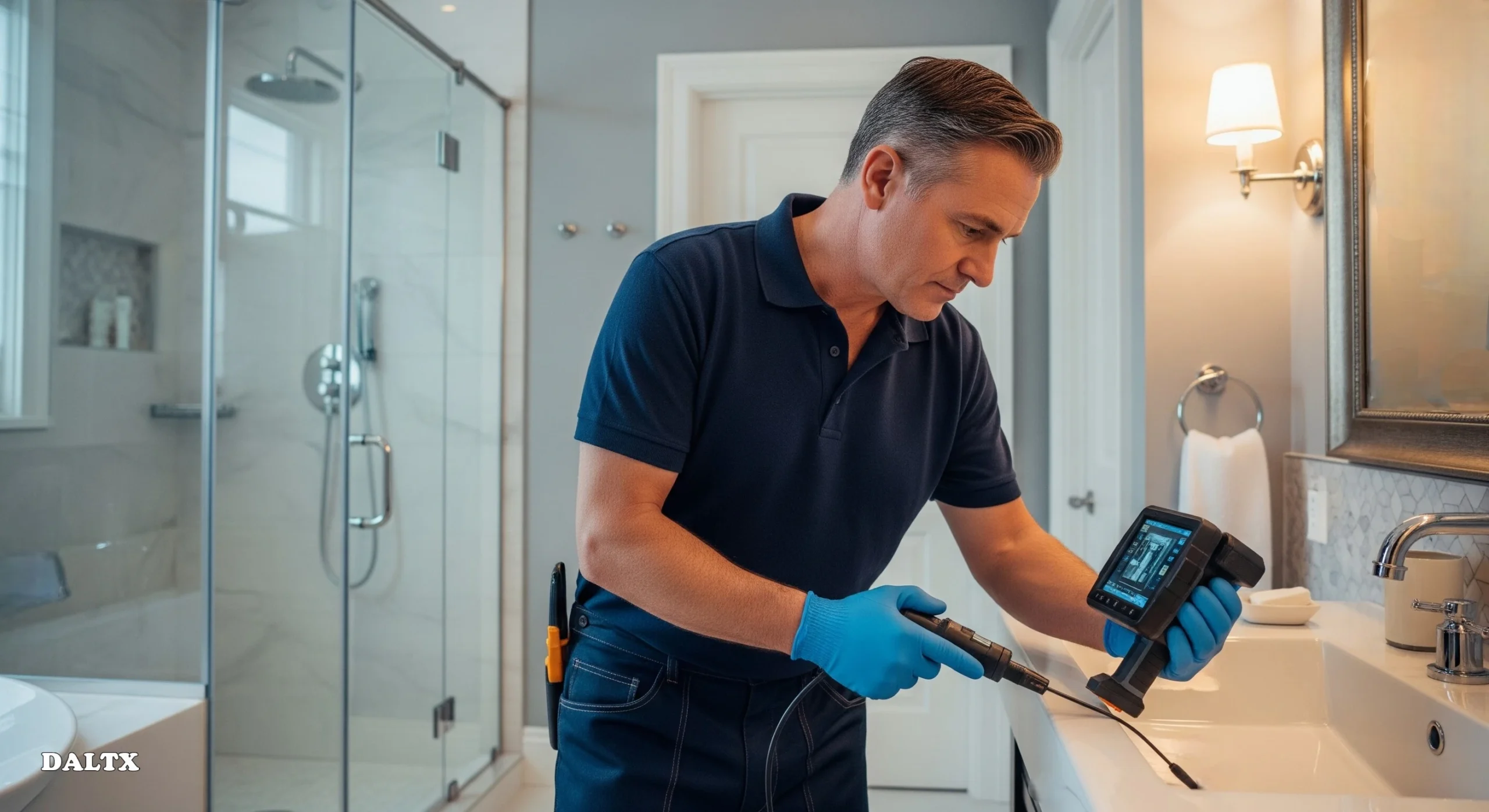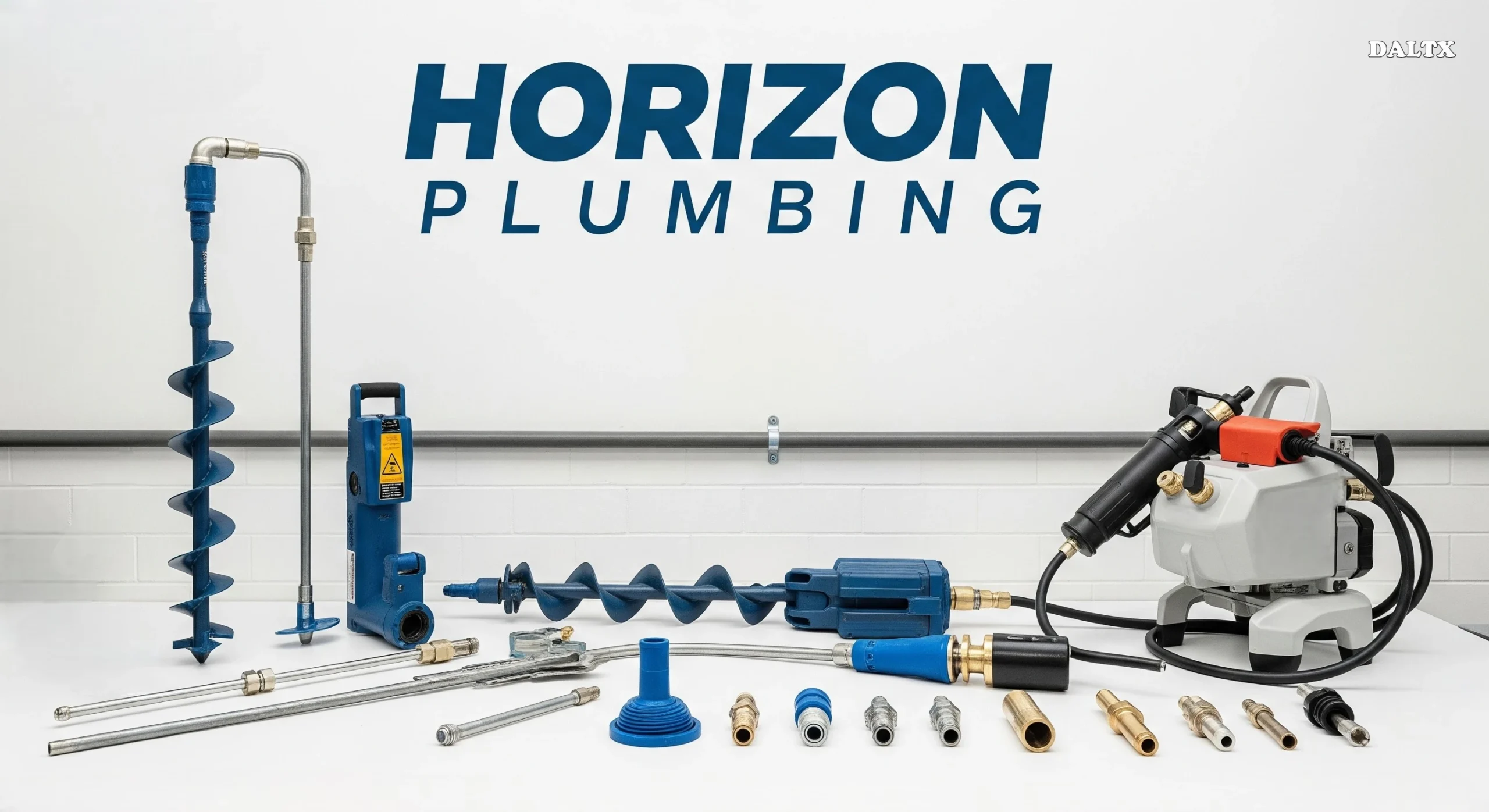Professional drain cleaning is more than clearing a clog. It’s a preventive service that helps maintain a healthy plumbing system and avoid costly repairs. If you’re working with a plumber in Plano, they typically follow a standardized process to inspect, clear, and restore proper drain flow while preserving pipe integrity.

Here’s what typically happens during a professional drain cleaning visit.
Inspection and Problem Diagnosis
The visit begins with a thorough inspection. If symptoms like water backing up or slow drainage are present, the plumber first conducts a visual assessment. In many cases, they’ll use diagnostic tools such as a video camera to check inside the pipes and pinpoint the exact location and cause of the blockage.
Common culprits include:
- Hair and soap scum buildup
- Grease and food debris
- Tree root intrusion
- Collapsed or misaligned pipe sections
Once the source is confirmed, the technician chooses the most effective method for removal.
Drain Cleaning Methods

Mechanical Snaking
For minor clogs near the drain opening, plumbers often use a mechanical auger or drain snake. This tool breaks up or retrieves buildup like hair or grease clumps. It’s typically used for clogs within a few feet of sinks, tubs, or toilets.
Hydro Jetting
For more severe blockages or residue lining the pipe walls, high-pressure water jetting is used. This process sends a powerful stream of water through the pipes to:
- Remove hardened scale and grease
- Flush out soap and mineral deposits
- Clear intrusive roots in outdoor sewer lines
Hydro jetting is especially effective for older or larger residential systems in Plano that need a deep clean without damaging the pipes.
Flow Testing and System Check
After the cleaning, plumbers run a flow test by flushing water through the system. This confirms the clog is gone and the water flows properly. If necessary, the technician may re-inspect the pipes or test additional drains to ensure the blockage hasn’t affected other parts of the home’s plumbing.
In older Plano homes, this step helps identify early signs of pipe wear or structural issues before they become emergencies.
Preventive Guidance and Maintenance
Most drain cleaning services conclude with tips to help prevent future clogs. This may include:
- Installing drain screens
- Avoiding disposal of grease and starchy foods
- Running hot water after each use
- Scheduling routine inspections for high-use drains
Many Plano homeowners reduce the frequency of emergency calls by following a regular maintenance schedule, especially in homes with mature landscaping or aging plumbing infrastructure.
Choosing the Right Plumbing Service in Plano

Not all drain cleaning services are equal. Look for licensed plumbers who offer:
- Transparent pricing
- Video inspection technology
- Experience with both indoor and outdoor drains
- Emergency availability
A reputable plumber should clearly explain their findings and the method they recommend—whether it’s a simple snaking or full hydro jetting. A detailed explanation helps prevent unnecessary services and gives homeowners confidence in the work being done.
Conclusion
Drain cleaning is a structured, multi-step process that goes beyond clearing blockages. In Plano, experienced plumbers inspect, clean, and verify drain flow using tools that protect your pipes. Scheduling regular service and following basic maintenance advice can keep your plumbing system working efficiently and help you avoid expensive repairs.



